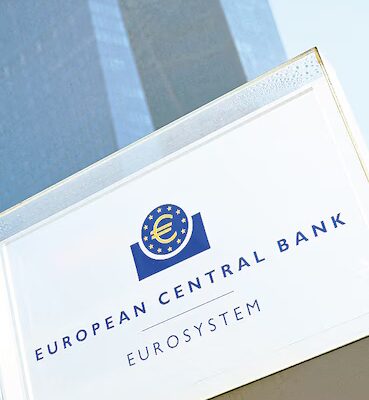The context remains “difficult”, due to high geopolitical risks and challenges arising from digitalization and the increasing offering of financial services by non-banking operators. But facing this scenario, European banks overall appear “solid” thanks to capital accumulation, abundant cash liquidity and strong profitability.
The European Central Bank, through its branch dedicated to Banking Supervision, takes an annual snapshot of the health of the European credit sector. This was done by reading the aggregate results of the prudential review and evaluation process (the so-called SREP) for 2025, relating to the 105 supervised banks, which provided a detailed analysis of capital, liquidity, profitability, governance and risk management. A photograph that does not capture individual cases, but as a whole paints a more than convincing picture, more than ten years after the launch of Single Watch.
The preliminary data concerns Cet1’s overall capital requirements as well as the Pillar 2 guidelines and requirements applicable in 2026, which remain “substantially stable”, the Supervisory Authority explained in a note: at 11.2% and 1.2% respectively, while the Pillar 2 non-binding guidelines for 2026 decreased from 1.3% to 1.1%. The weighted average CET1 – the highest quality capital of a bank – reaches 16.1% of risk-weighted assets (among which, Credem stands out, among the top three European banks). “So far the euro area banking sector continues to show good resilience, even if the impact of the increase in import duties on the corporate sector and bank balance sheets will only become fully visible gradually,” Claudia Buch, president of the ECB Supervisory Board, warned during a press conference.
Profitability is also “solid”, thanks to the support of net interest margin and net commission: return on capital of 10.1%. In terms of asset quality, the situation remains “solid”, with a ratio between impaired loans and total loans of 1.9%. Some signs of strain came from the commercial real estate-secured lending sector and in favor of SMEs, with above-average figures (4.6% and 4.9% respectively), but overall lending in Phase 2 – with credit risks increasing significantly – grew only “slightly”, rising from 9.5% in 2024 to 9.6% currently.
Yesterday’s press conference was also an opportunity for Buch to reflect on the current scenario. Hence the attention to the exit of European banks from activities in Russia – “on the right track”, the official commented – and to the issue of the Banking Union, which is “important” for completing a single deposit insurance.



